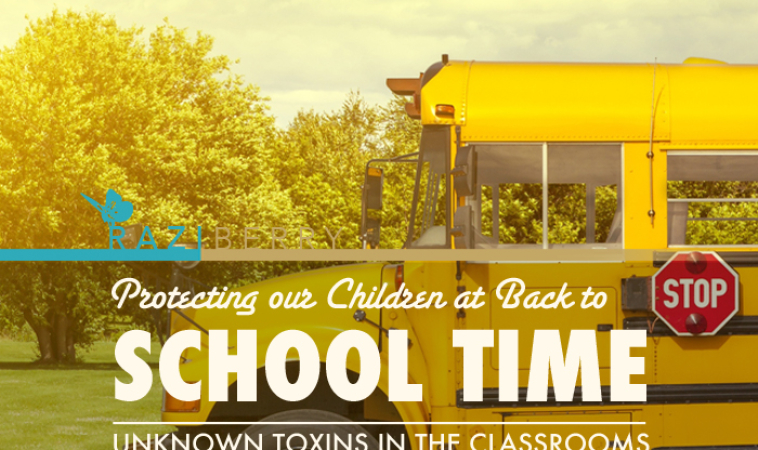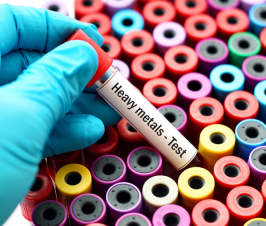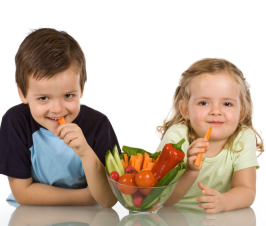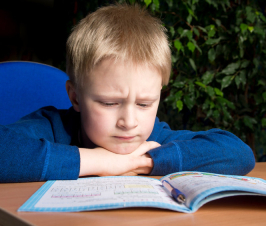“The Great Aim of Education is not Knowledge but Action”-Herbert Spencer
Back to school. For some parents, it is the end. The end of a relaxed schedule. The end of lazy afternoons where your child has a chance to daydream. The end of road trips, the seaside and spending the whole day as a family.
For some parents, it is the beginning. The beginning of scheduled activities in lieu of “I’m bored, mom.” The beginning of order, structure and sanity.
Whichever camp you are in, you have likely gone to great lengths to make sure your child is cared for the way you feel is best. You carefully selected the right school environment where your child can thrive. You met with their teacher, explaining their specific learning style and social needs. You’ve communicated any allergies and dietary restrictions. You helped them register for classes best suited for their academic trajectory. You carefully planned the logistics of transportation to and from school, and any before or after care needed. You want them to be happy, and above all, safe. You’ve done your homework. But recent studies reveal some real hidden dangers that school children are exposed to. Here is some more knowledge to arm yourself with, so you can continue to make the healthiest choices to keep your children safe:
Disinfectant wipes
Many school supply lists now require the student to bring in boxes of disinfectant wipes. Student use these to clean off their desk and other surfaces such as computer screens and iPads purportedly to halt the spread of germs and illness. The FDA has reported however that disinfectant products are no better in stopping the spread of germs than hand washing with regular soap. Disinfectant wipes and soap are not only not superiorly effective, but contain chemicals linked to cancer, adverse reproductive and developmental toxicity and respiratory illnesses. The Environmental Working Group (EWG.org) has a database where you can search thousands of products by brand name for a list of ingredients and an explanation of the adverse effects.
Hand sanitizer
Hand sanitizer is another product on most every school list and children often are using hand sanitizer up to several times a day. Ingredients in hand sanitizer (and anti-bacterial soaps) can break down the skin’s natural acid mantle, which naturally protects the skin from bacteria and infection. Additionally, ingredients in hand sanitizer carry concern of cancer, immunotoxicity, organ system toxicity and allergies. (EWG.org)
Markers
In a 2003 study (J Toxicol Environ Health A. 2003 May 9;66(9):829-45. Acute toxicity of marking pen emissions. Anderson RC1, Anderson JH), Mice were exposed to one hour of emissions of 8 brands of “non-toxic” felt tipped markers. Emissions from all eight of the pens produced behavioral abnormalities such as altered posture and gait, tremors, falling, and hyperactivity. Healthyschools.org, a leading environmental advocacy non-profit recognized by congress, the EPA, and the CDC, recommends the following:
- Children should not use permanent or dry erase markers at school or at home.
- Teachers whose classrooms have whiteboards should use the lowest-odor, small-tip dry erase markers and maintain good ventilation in the classroom.
- Schools should avoid buying or recommending supplies that contain or require the use of hazardous chemicals: whiteboards, paints, glues, air fresheners, cleaning products, pest control products.
- If your child is healthy at home and often sick at school, find out about the environment at school.
Lunch Bags and Backpacks
You most likely want to send your child off to school with a healthy lunch, but what you store the food in is important, too. You want to avoid containers that contain plastics, lead paint, polyvinyl chloride (PVC). These contain chemicals that cause hormone disruption, learning disabilities and cancer. Backpacks have had dangerously high levels of PVC and PThalates. Avoid “shiny” material and opt for natural fibers and materials such a glass, stainless steel and paper for storing food and paper, hemp and cotton for backpacks. Materials are often not listed, so look for eco-friendly companies or call the manufacturer.
Recess
Children at play are unnecessarily exposed to dangerous chemicals from pesticides and insecticides used to keep play areas cosmetically free of weeds and pests. Their young developing nervous systems make them especially susceptible to these toxins that can cause allergies and cancer. According to the Pesticide Action Network, “of the 40 pesticides most commonly used in schools, 28 are probable or possible carcinogens, 26 have been shown to cause reproductive effects, 26 damage the nervous system, and 13 can cause birth defects.” Some cities are banning pesticides in parks and playgrounds because of the risks. Learn more about school pesticide reform here.
Water Bottles
Dehydration can lead to fatigue, trouble concentrating, confusion and even pain. Everyone knows children should drink plenty of water throughout the day, but is the water they are drinking safe? Or is it doing more harm than good? It is easy to find research indicating that water bottled in plastic contains hormone disruptors, many which are carcinogens even in BPA-Free plastic bottles. http://www.ncbi.nlm.nih.gov/pubmed/25477047
Plastics are comprised of chemicals, so the only way to avoid exposure to these chemicals is to avoid plastic. The marketplace offers many alternatives such a glass with an exterior silicone shield to protect from breakage, and stainless steel options. Some metal water bottles have plastic interior coatings, so be on the lookout for that. I’d rather take the chance on broken glass than on exposure to something that causes cancer or future fertility issues. We all want grandchildren.
 Razi Berry, Founder and Publisher of Naturopathic Doctor News & Review (ndnr.com) and NaturalPath (thenatpath.com), has spent the last decade as a natural medicine advocate and marketing whiz. She has galvanized and supported the naturopathic community, bringing a higher quality of healthcare to millions of North Americans through her publications. A self proclaimed health-food junkie and mother of two; she loves all things nature, is obsessed with organic gardening, growing fruit trees (not easy in Phoenix), laughing until she snorts, and homeschooling. She is a little bit crunchy and yes, that is her real name.
Razi Berry, Founder and Publisher of Naturopathic Doctor News & Review (ndnr.com) and NaturalPath (thenatpath.com), has spent the last decade as a natural medicine advocate and marketing whiz. She has galvanized and supported the naturopathic community, bringing a higher quality of healthcare to millions of North Americans through her publications. A self proclaimed health-food junkie and mother of two; she loves all things nature, is obsessed with organic gardening, growing fruit trees (not easy in Phoenix), laughing until she snorts, and homeschooling. She is a little bit crunchy and yes, that is her real name.

















